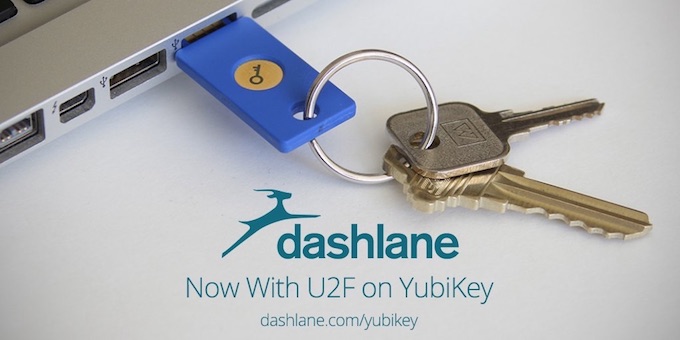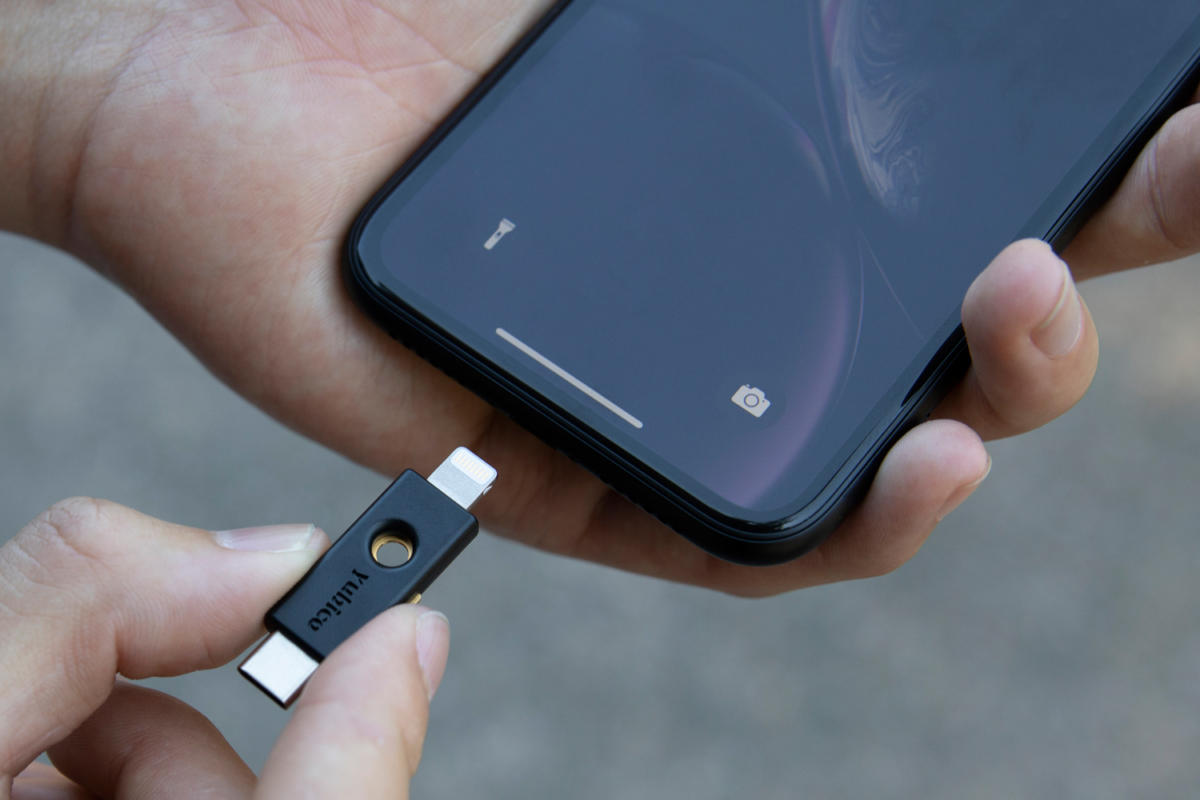

If you’re using the same password for multiple accounts, well, then you might be screwed.

Almost every day there’s a new data breach, wherein leaked email-password combos are out there for people to take. Password cracking is a field unto itself and would-be hackers (even the lesser skilled ones) have a multitude of tools-from phishing and malware to brute force attacks-to utilize. When protecting any account from hackers-like email, social media, Seamless, Uber, Amazon, PayPal-the idea is that being asked to provide one of these things is simply not enough. For the uninitiated, “something you know” is akin to a password or a PIN number, “something you have” is a cell phone or a credit card, and “something you are” is a metaphysical statement as well as a digital security measure-think a fingerprint or Face ID. The site lists whether or not websites support two-factor and, perhaps more importantly, what types of two-factor methods they support. Much of this, he says, has to do with the site, which has been at the center of the campaign to push for two-factor authentication. “Nearly every company now offers some form of two-factor,” writes Russell Brandom in The Verge. So say it again, slowly: “Something you know, something you have, something you are.” You know, maybe as we put more and more of ourselves online, we should become more and more concerned with finding better ways to protect ourselves online.Īn additional layer of security for your online accounts beyond just a username and password With every new edition, even our smartphones are evolving from having simple unlock codes to fingerprints to Face ID. It can be annoying, sure, but the more factors, the better for security. The safety protocol has become more and more prolific-you may have heard 2FA or even “multi-factor authentication” thrown around in your office onboarding process, even prompted by the security settings in one of your online accounts. These words are the backbone behind the idea of two-factor authentication, or 2FA. Like if I repeated it enough times all of my precious online accounts would finally be secure. (Double, double, toil and trouble, etc.) An exciting mantra, or a zen yoga chant. (Something old, something new, something borrowed, something blue.) Or perhaps, more accurately, a witches’ curse. When I first heard about the mantra recited by two-factor authentication enthusiasts, it sounded like a wedding superstition. Enter your security key and select it.“Something you know, something you have, something you are.”


If you have more than one method added on the same browser or device, Dashlane asks you to scan your fingerprint by default. This password isn't your Dashlane Master Password but the session password for your device.


 0 kommentar(er)
0 kommentar(er)
